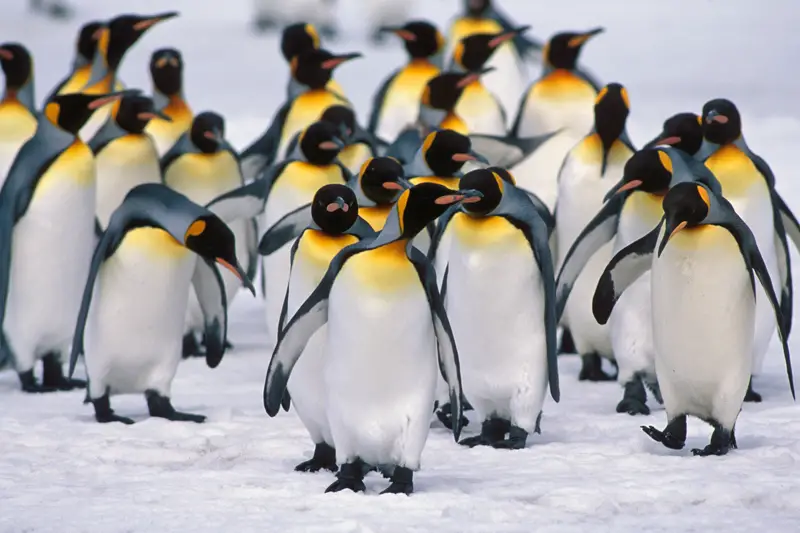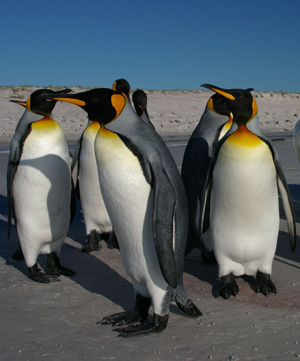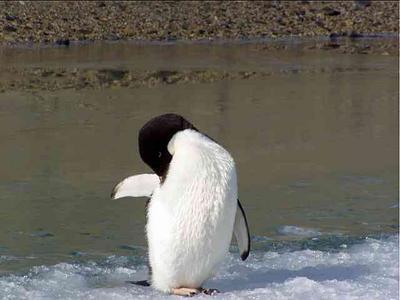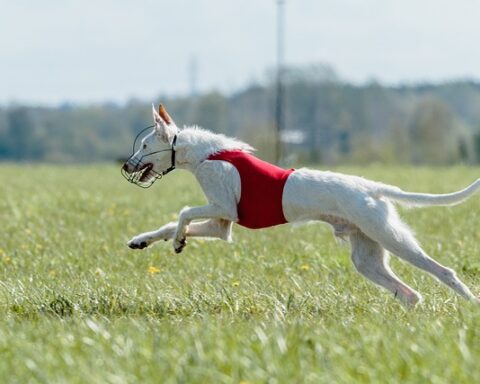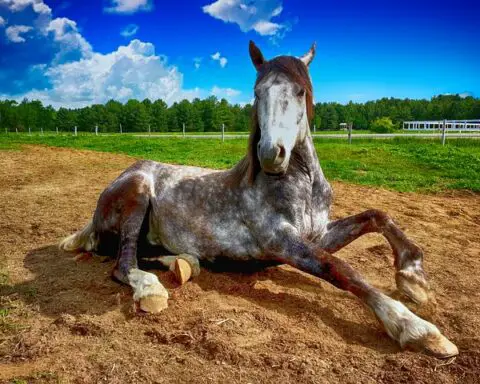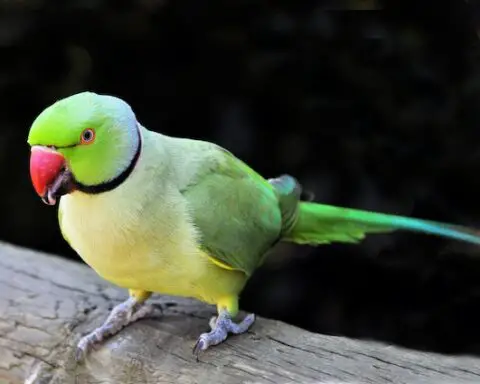This article displays some of the most interesting Humboldt penguin facts.The Humboldt Penguin belongs to the Spheniscidae family and is considered to be a South American Bird. Spheniscus humboldti is actually the Latin name of these birds. These types of penguin usually breed in the coastal areas of Chile and Peru. These birds are also believed to be the cousins of African Penguins and Galapagos Penguins. Alexander von Humboldt was the first explorer to discover this penguin specie which is why it is named as Humboldt penguin. Peruvian Penguin is the other name of these birds.
These types of penguins are of medium size and can grow to a size of 56 – 70 cm (22 – 28 inches), with a weight of about 3.6 – 5.9 kg (8 – 13 lbs). The undersides are blackish-grey together with the black ear-coverts. Humboldt penguins reside in the burrowing holes, rocky coasts and for a while they also employ deserted places like caves as their habitats.
Humboldt Penguin Facts
- The length of these types of penguins is around 56 – 70 cm (22 – 28 inches).
- Humboldt penguins weigh about 3.6 – 5.9 kg (8 – 13 lbs).
- There is a white lineage that runs around the eye.
- The lifespan of these penguins is about 15 – 20 years.
- Where Do Humboldt Penguins Live
- These birds mostly reside in rocky coasts, caves, and holes. They are commonly found in the Pacific coast.
- These birds also drink salt water because of the superorbital glands that separate out the excess salt from water. They are not the best swimmers. While swimming, these birds have a speed of 32 km/h (20 mph).
Humboldt Penguin Facts about its Threats
With the increasing global warming and fish-hunting by humans, the population of these species has significantly declined over the years. Humans mainly hunt these penguins in order to meet diet needs. Biologists maintain that Humboldt penguins shall soon become extinct if these factors continue to prevail in the same fashion. Habitat destruction is another major cause of its extinction. The population of these birds ranges from 3,300 to 12,000. However, they had been declared to be an endangered species in U.S back in 2010. Predators of these species include sea lions, leopard seal, whales, sharks; whereas land animals such as foxes, dogs, snakes and cats are responsible for the stolen eggs.
Reproduction Facts about Humboldt Penguin
- Females lay 2 eggs after an interval of 2 – 4 days. Both parents are responsible for incubating eggs.
- The incubation (keeping warm) period lasts for 39 – 45 days.
- The chicks remain with their parents for about 70 – 90 days.
- Humboldt penguins become fully mature after 3 years.


